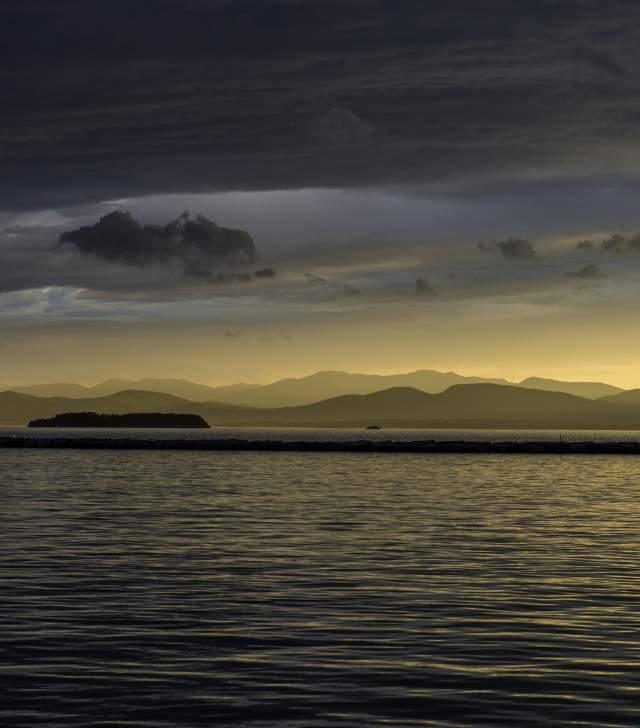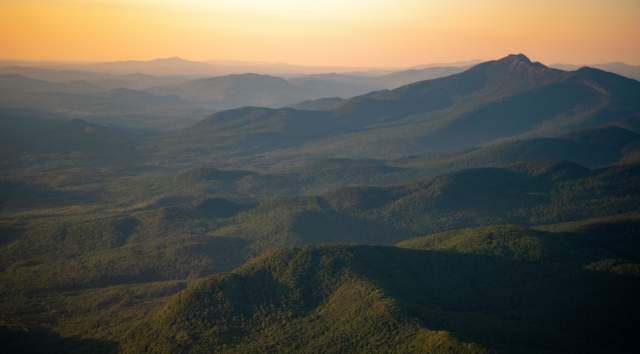- About Us |
- Contact |
- Media |
- Partnership |
- Sitemap |
- Privacy Policy |
- Industry Events |
History
Abenaki Heritage
Long before the arrival of European settlers, the land surrounding Lake Champlain was inhabited by Algonquian and Iroquoian peoples. When Samuel De Champlain and others arrived, the region from the Lake eastward into New Hampshire was inhabited by the Abenaki, an Algonquin people. From the Lake westward into the St. Lawrence Valley was inhabited by the Mohawk, an Iroquois people. Lake Champlain was known as Pitawbagw, meaning “The waters between” in the Abenaki language.
Early European History:
Burlington was settled shortly after the Revolutionary War in the mid-1780s. The region played a significant role in that conflict, with one of the war’s first naval skirmishes being fought on Lake Champlain in the battle of Valcour Island. The Allen brothers, Ethan and Ira, war heroes from the Revolution, were amongst the earliest settlers. Today, the Ethan Allen Homestead Museum is located in the floodplain of the Winooski River and the Ira Allen Chapel is one of the University’s more iconic structures.
Though the conflict was politically unpopular here, the war of 1812 saw thousands of troops stationed in Burlington. The regiment cleared the site located on the bluff overlooking Burlington Bay in and around what is now Battery Park.
Industrial History
In the mid 1800s, lumber had become the city’s most important commodity and at one point Burlington was the third largest lumber port in the country. Logs from throughout Eastern Canada and northern New England would be sent by ship to Burlington, where they would be shipped to towns along the Hudson river and down through the eastern coast. The arrival of trains, however, signaled a new era in transportation and a decline in the Lake’s significance as a commercial route.
Meanwhile next door in Winooski, textile mills grew along the Winooski Falls, focused primarily on wool. These would outlast the lumber boom, but eventually decline in sync with the rest of the country’s textile industry.
The Waterfront and Church Street
While the waterfront has always played a huge role in Burlington, its significance has shifted from economic to cultural. In 1986, then-mayor Bernie Sanders put in place an extensive beautification plan for the Waterfront, which included adding multiple public parks, the community boathouse, and the Burlington Bike Path, a 9-mile path connecting two of Burlington’s beautiful beaches. The waterfront remains an invaluable treasure to the community, a connection between the city and the water that is free and open to the public.
Church Street has always been a busy part of the city, but in the mid-1980s, local businessman and architect, Bill Truex, spearheaded its evolution into the Church Street Marketplace, the five block, pedestrian-only epicenter of the city. The Marketplace is now home to local shops, restaurants and boutiques which also radiate outward on the side streets.



